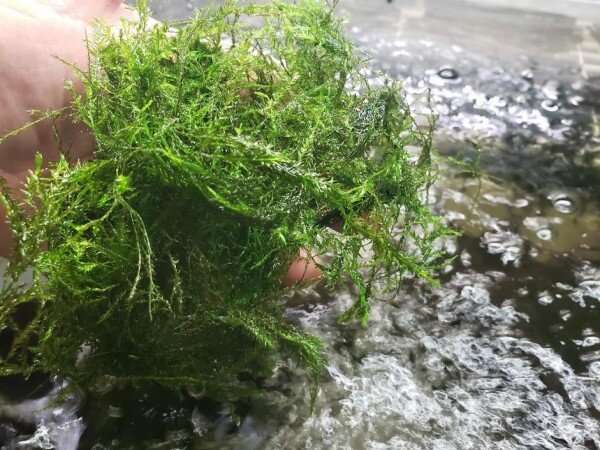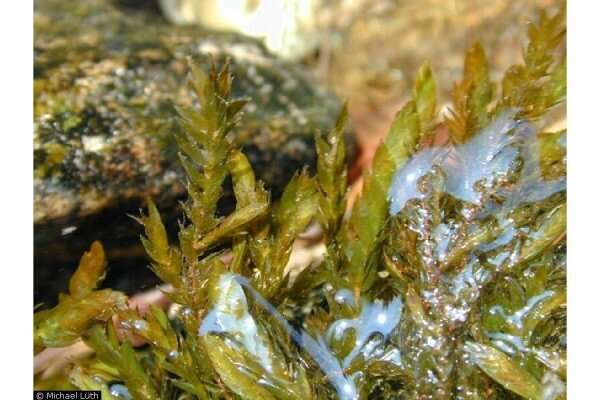Can a moss help clean up waterways?

Hydrocarbons from our cars, oil spills and industrial contamination can get into our waterways by many paths. Researchers recently studied if a common "willow moss" could work to soak up these hydrocarbons, and clean up waterways.
Willow moss is a species in the class Bryopsida, which includes over 11,000 moss species around the world. It is quite widespread and grows in fresh water. It has been found Europe, Asia, Africa, and North America. Willow moss' structure grows entirely underwater.
Willow moss is aptly named because it looks a bit like willow trees—with lots of surface area. That means the outer cells, called cell walls, have good contact with the hydrocarbons. The researchers dried willow moss, which is also called sphagnum moss. For experimental purposes, they set bags of the dried moss into streams in their study area—northwest Spain. They placed the bags in streams containing human-made pollution of varying levels.
The researchers found that the dried willow moss was excellent at absorbing both low and high concentrations of hydrocarbons. In fact, their paper calls the collection ability "astonishing."
Using plants to clean water, soil and other natural resources is called phytoremediation. The researchers published their work in a the Journal of Environmental Quality (2021).

More information: Vittoria Carrieri et al, Accumulation of polycyclic aromatic hydrocarbons in the devitalized aquatic moss Fontinalis antipyretica: From laboratory to field conditions, Journal of Environmental Quality (2021).
Journal information: Journal of Environmental Quality
Provided by Soil Science Society of America


















